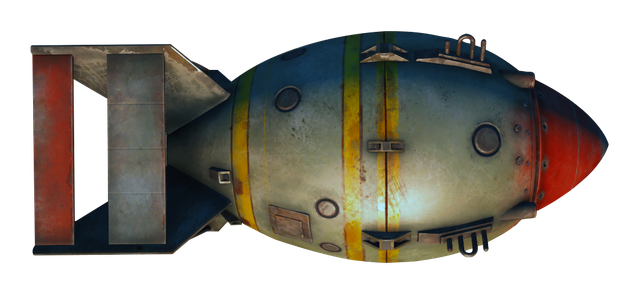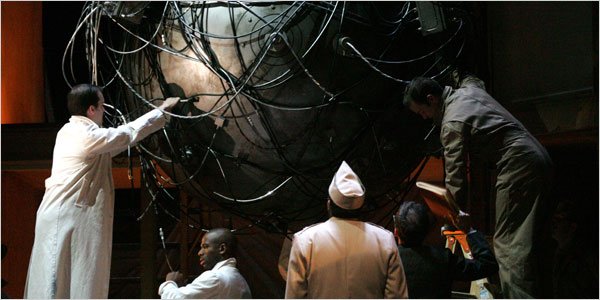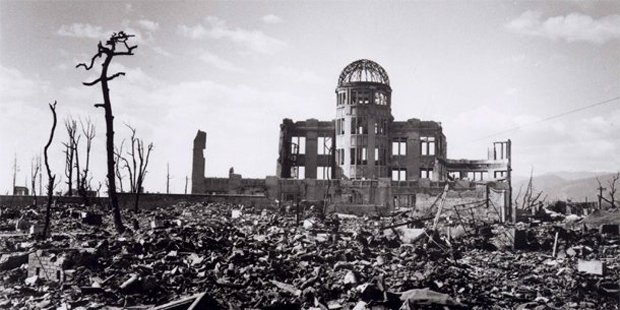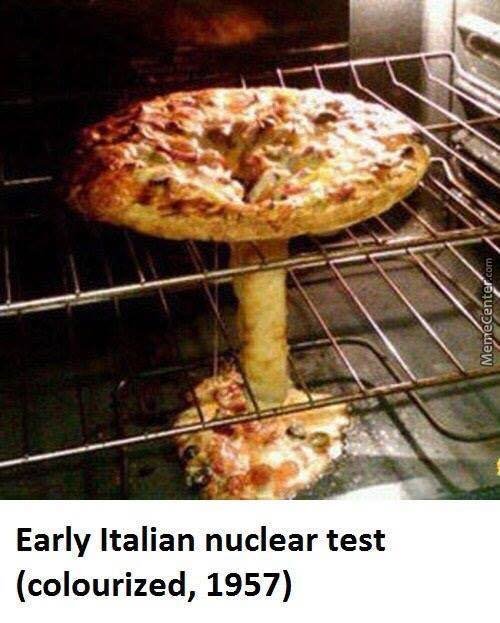How It's Made: Nuclear Weapons

What Is a Nuclear Weapon?
A nuclear weapon is an explosive device that derives its destructive force from nuclear reactions, either fission (fission bomb) or a combination of fission and fusion (thermonuclear weapon). Both reactions release large quantities of energy from relatively small amounts of matter. By the summer of 1945, Oppenheimer was ready to test the first bomb. On July 16, 1945, at Trinity Site near Alamogordo, New Mexico, scientists of the Manhattan Project readied themselves to watch the detonation of the world's first atomic bomb.

don't ask me but it seems like Fry, is always unsure...
How It's Made.
To make a nuclear reactor, the uranium needs to be enriched so that 20% of it is uranium 235. For nuclear bombs, that figure needs to be nearer 80 or 90%. Get around 50kg of this enriched uranium - the critical mass - and you have a bomb. Any less and the chain reaction would not cause an explosion. There are two ways to make nuclear weapons: fission weapons (also called atomic bombs or A-Bombs) and fusion weapons (also called hydrogen bombs, H-Bombs or thermonuclear weapons). The way they make energy for the nuclear explosion is different. Fission weapons use a special isotope of uranium or plutonium.

I'm not surprised the kinds of people that would make a nuclear weapon like big balls in their face
The Effect
The blast wind at sea level may exceed one thousand km/h, or ~300 m/s, approaching the speed of sound in air. The range for blast effects increases with the explosive yield of the weapon and also depends on the burst altitude. Most damage comes from the explosive blast. An explosion that is farther above the Earth's surface than the radius of the fireball does not dig a crater and produces negligible immediate fallout. For the most part, a nuclear blast kills people by indirect means rather than by direct pressure. Approximately 35 percent of the energy from a nuclear explosion is an intense burst of thermal radiation. There are several kinds of radiation emitted from a nuclear explosion including gamma, neutron, and ionizing radiation. In addition to radioactive fallout there are long term effects on the atmosphere and climate. Nuclear waste, for example, remains radioactive for eons. But after about 3000-20000 years (depending on the type of reactor) nuclear waste is only as radioactive as naturally occurring uranium ore. The rule for nuclear explosions is 7 times 7 times 7. After 7 hours, 90% of the radioactivity is gone.

a scene that looks like something that belongs in a video game, not here on earth
this video is disturbing to say the least
###Conclusion
Although it's extremely interesting how a Nuke is made, they do not belong in the hands of the human race. They're far too powerful and weapons of death and horror. The only good nuke is a dead nuke. Thanks for reading. Let me know what you thought in the comments!
If you enjoyed the content, please be sure to Follow, Upvote and Resteem! It's important to support quality content on Steemit!

sources - https://en.wikipedia.org/wiki/Effects_of_nuclear_explosions
I remember watching an interview with Richard Feynman. Feynman was one of the lead physicists that worked on the Manhattan Project. He talked about adulation after the bomb was dropped as it achieved it's purpose and ended the bloody conflict. He later went into a deep depression. He would walk through the streets of Manhattan and would see workman building bridges and skyscrapers. He would think to himself that it was completely pointless as he was convinced that they would receive there comeuppance for opening Pandora's box.
I've seen this exact interview. It was a really deep one, lot's of meaning. It's crazy to think we, as a species were capable of creating something so truly terrible.
this cheetah bot is kinda annoying...

It's alright, cheetah isn't wrong i did get some info from that link when researching the topic. It's weird tho because I sourced it haha.